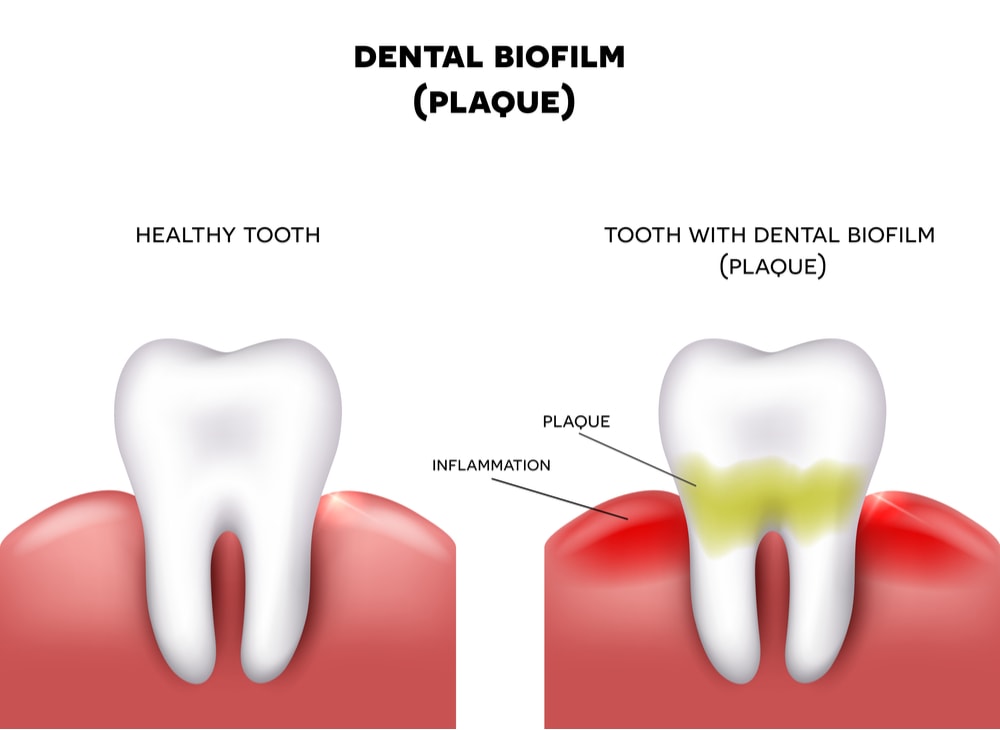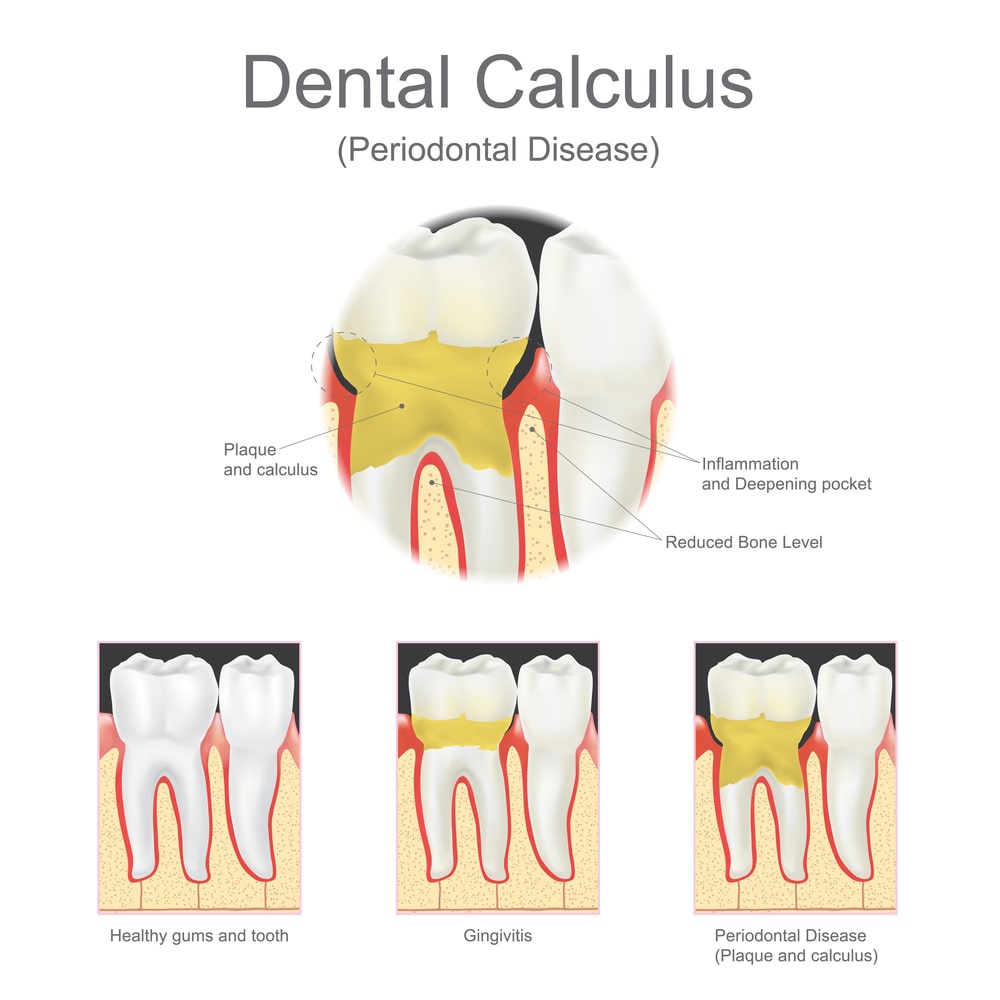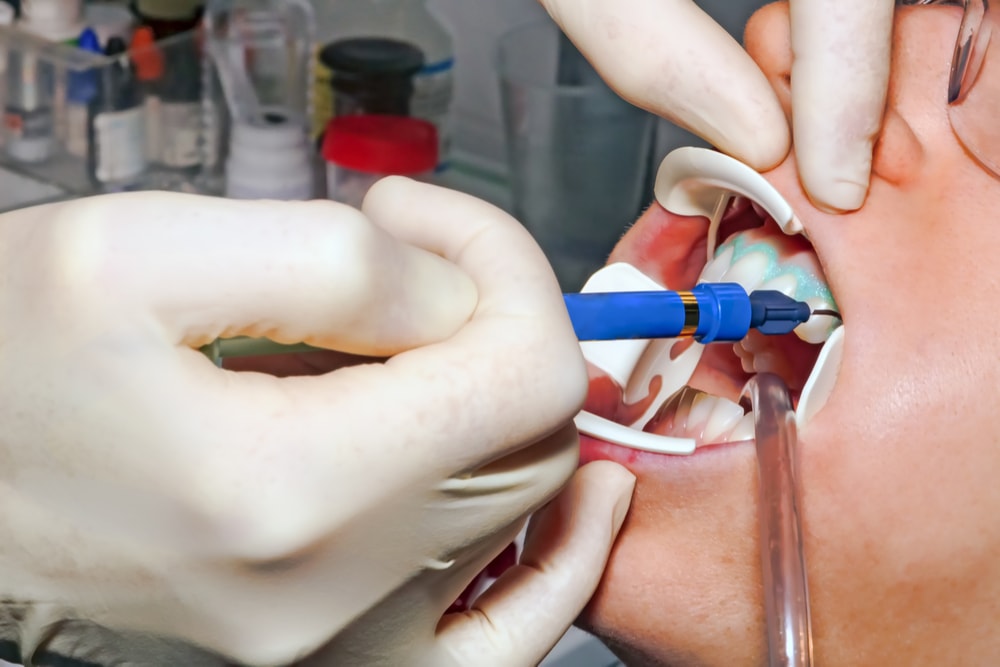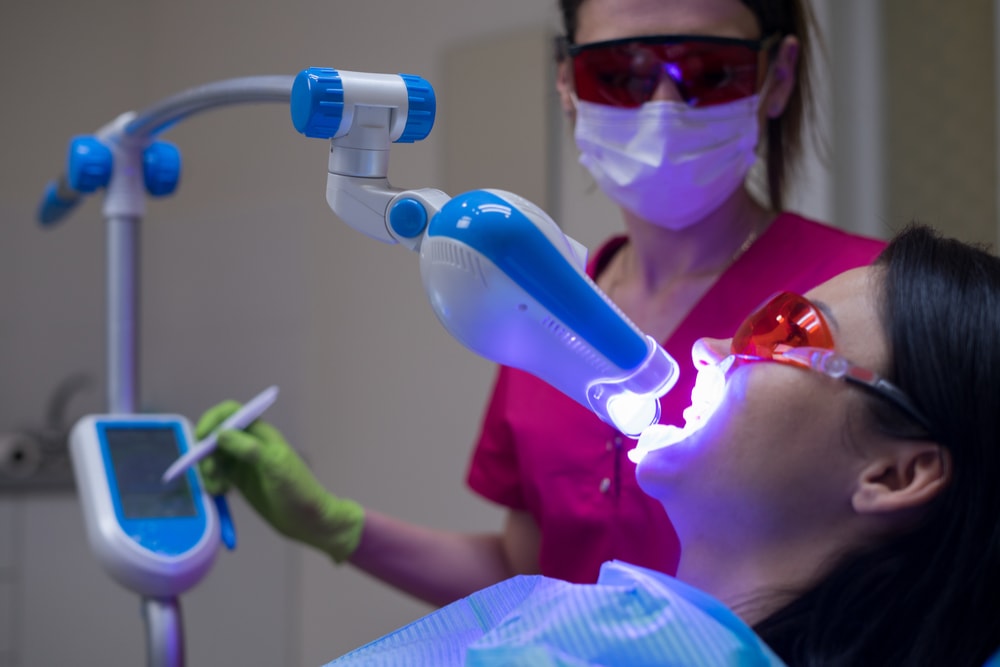Chapter 1: In-office teeth whitening?
Introduction
Why choose teeth whitening at a dental office rather than at home? What are the pros and cons? How do different procedures work and what are the differences?
In this article, we are going to address some of these questions and more, by focusing on in-office teeth whitening.
Are you based in Manhattan?
If so, check our Zoom teeth Whitening in NYC.
Dental cleaning: preparing for professional teeth whitening
What do I need to do before in-office teeth whitening?
Getting your teeth whitened in your dentist’s office can yield quick results because of the use of high concentrations of bleaching agents. So, to improve your smile it may be well worth its while to prepare yourself for the procedure.
Here is what you need to do before professional teeth bleaching:
- You should brush your teeth.
- Consider using lip balm (before) to avoid dry or sore lips.
- You should also get your teeth cleaned.
A couple of comments regarding the last point.
Removing plaque and tartar at home is challenging. They are hard to get rid of. Unfortunately, you will require professional help, either by a dentist or by a dental hygienist.
Now, removing them is really necessary before teeth whitening.

Why?
Because a whitening gel cannot penetrate through calculus and plaque. Their presence will lead to blotchy results.
Besides, when a hygienist polishes your teeth, she will remove some of your surface stains. Hence, the whitening gel will better penetrate your enamel.
Finally, a dental cleaning may show some cavities or leaking dental fillings. And these need to be addressed before teeth whitening!
But could dental cleaning be enough to restore your teeth’ original color? If so, you could avoid the extra cost and time of teeth whitening procedures, whether at home or the dental office.
The answer is negative, unfortunately.
Simple dental cleaning and polishing may be enough to remove your superficial stains (see also What will my final result be like after in-office teeth whitening?). But for deeper stains that penetrate the enamel and even dentin, you will need to change to a more “robust approach.”
And that is typically where in-office teeth whitening comes in. Continue reading to learn more about professional teeth whitening.

In-office dental bleaching
How does in-office teeth whitening work?

Not all procedures are created equal and there are some variations amongst different procedures. We are going to describe the main steps below, and we will explain the differences in the next sections.
All in-office teeth whitening procedures follow a somewhat standard routine. A trained dentist will:
- Take a shade measurement of your teeth before the procedure begins.
- Shade measurement aims to compare your existing tooth color to a shade with a stylized chart.
- This provides a benchmark to gauge improvement after teeth whitening.
- Once this (benchmark) has been determined, the whitening process will take place.
- Polish your teeth using pumice.
- Place a cheek retractor to expose all the teeth that are visible when you smile.
- Cover your eyes, gums, and lips, to protect them from the bleaching gel.
- A hardening resin or a liquid rubber dam is used and painted over the gums. Without protection, your gums may get burnt from the high concentrations of bleaching agents.
- The tips of the gums between the teeth will also be protected from the gel.
- Finally, only your teeth will be exposed. This process may take up to 10 minutes.
- Apply a special whitening gel to your teeth.
- The gel releases an active ingredient (hydrogen peroxide or carbamide peroxide), once in the mouth.
- Teeth bleaching will take place in three to four 15-20 minutes sessions.
- Remove the previous layer during each session.

- Make you rinse your mouth with a lot of water, and polish your teeth with pumice again (if necessary).
- Assess the degree of teeth whitening to gauge whether the procedure should be repeated or not.
- Apply more whitening gel if necessary.
- Remove your cheek retractors so that you can rinse your mouth.
- Take your final teeth shade.
Temporary dehydration of your teeth may enhance the immediate postoperative result.
According to the ADA:
- “heat and light application may initially increase whitening due to greater dehydration”;
- “this reverses with time” and is also referred to as rebound;
- the final color will be visible 2-6 weeks after the procedure.
For some whitening procedures, your dentist will expose and activate the gel during each session. He will use a special high-intensity UV light for this.
Let’s now talk about a topic which may be top of mind for you … number of treatments.
Are you based in Manhattan?
If so, check our Zoom teeth Whitening in NYC.
How many visits and in-office teeth whitening procedures do you need?
Your dentist will usually not have to set up a regime with multiple visits to get your sparkling smile back. The average is one visit. Albeit, depending on the results, or your desired outcome, another session may be necessary.
Your dentist may also suggest continuing the treatment with home whitening trays. So, tray delivery may help complete the whitening process. Albeit, depending on the individual case, the exact approach could vary.
We previously mentioned the use of light sources. Let’s investigate a little.
How many light sources can be used during accelerated or LED in-office teeth whitening?
Some professional whitening procedures employ and light source. The following types of light are the most frequently used:
- LED,
- plasma arc,
- and halogen.
The light source that best activates hydrogen peroxide is in the blue spectrum. This is because hydrogen peroxide molecules absorb light in these wavelengths.
What about laser light? Is it ever used?
Scroll down.
Is laser light, used for in-office teeth whitening, effective?
The short answer is that there is not a lot of data about the efficacy of laser bleaching.
Also, the data is difficult to compare because of the differences:
- of protocols used,
- concentrations of hydrogen peroxide,
- wavelengths of lasers …
However, some comparative studies with high concentrations of hydrogen peroxide showed improved whitening.
Bear in mind though that:
- “Most often, comparable results were found irrespective of light exposure.”
- “There is no evidence that light activation (power bleaching with high-intensity light) with high concentrated hydrogen peroxide bleaching gels results in more effective bleaching with a longer lasting effect.”
Let’s leave the world of light sources and get back to some more practical questions.
Is in-office teeth whitening painful or uncomfortable?
Be reassured, the procedure is neither painful nor uncomfortable. Most patients usually listen to music, watch a DVD or doze off, during the entire procedure.
Hence, the norm is that the majority of patients are very relaxed throughout the entire procedure.

What are the advantages and disadvantages of in-office teeth whitening?
If you want fast results, in-office procedures are the way forward. Unlike home bleaching techniques, results are quick and visible after a one-hour session.
Home whitening techniques instead are slower and are intended to be used over a period of 2-4 weeks. However, you will benefit from staying in the comfort of your own home. Also, they are less expensive.
Final remarks
Was the discovery of in-office dental procedures interesting?
This chapter should serve as a stepping stone to better decision-making when you want to restore your pearly whites’ natural color.
SUTTON PLACE DENTAL ASSOCIATES ON THE WEB






